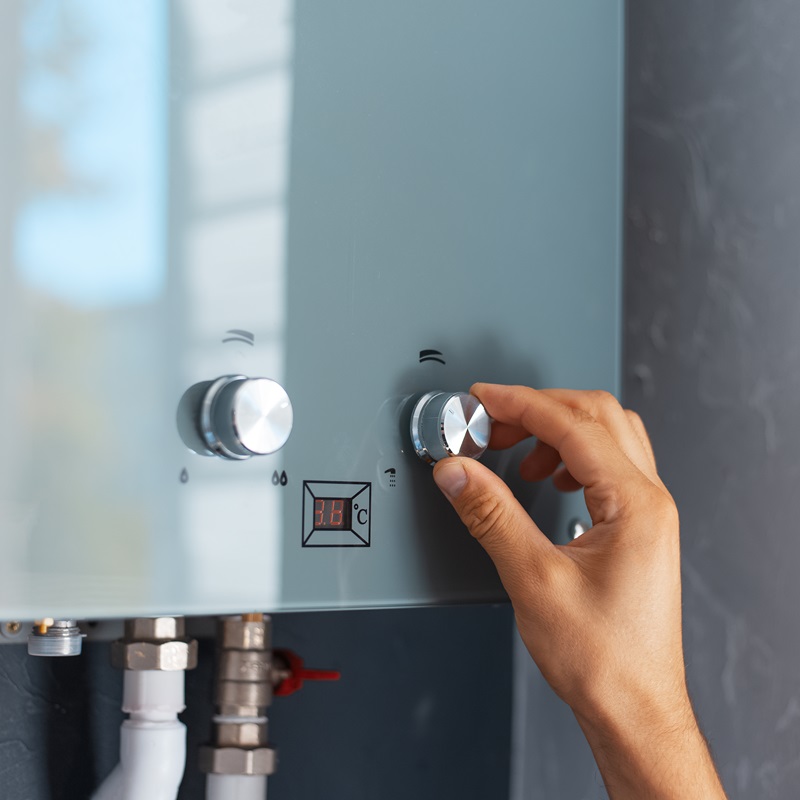How to Select the Right Geyser to Optimize Energy Efficiency in your house
From recognizing the various types of geysers, to examining their energy performance scores and taking into consideration placement technique, each decision plays an essential duty in making the most of efficiency. Let's get started on this journey to discover how to make the most informed selection for a geyser that will certainly decrease your energy bills while making certain optimal efficiency.

Comprehending the Various Sorts Of Geyser
While there are different sorts of geysers offered on the market, recognizing the differences between them is crucial for power effectiveness (geyser sizes). The first type, storage hot springs, are one of the most common and store warm water in a tank for use when needed. They are available in various abilities and are typically energy-efficient, however they can lose warmth when not being used
The 2nd kind is the tankless geyser, which warms water on demand, leading to much less energy waste but calling for a greater preliminary power draw. Solar hot springs utilize solar power to warm the water, making them the most energy-efficient but also the most pricey.
Examining Your Household's Hot Water Demands
Before diving into the purchase of a geyser, it is crucial to assess the warm water demands of your household. This evaluation needs to consider countless variables including the number of house participants, regularity of warm water use, and the number of warm water outlets in the home (geyser sizes). A little household with seldom hot water use could need a smaller, less powerful geyser compared to a larger household with numerous day-to-day hot water needs
The type of home appliances that call for warm water also play a significant role. Dishwashers and washing makers, for instance, may call for even more warm water than a simple shower or kitchen sink. In addition, specific activities such as bathing or cleansing also influence the regularity and volume of warm water required.
Examining Energy Effectiveness Ratings of Geyser
Having actually examined the warm water requirements of your family, it is necessary to turn your attention to the energy effectiveness rankings of hot springs. These scores, usually provided as Energy Factor (EF), show a hot spring's overall energy efficiency based upon the amount of warm water produced each of gas consumed over a normal day. The higher the EF, the a lot more efficient the water heating system.

Factors To Consider in Geyser Size and Placement
Beyond energy performance rankings, the dimension and positioning of your geyser are critical elements to take into consideration. The dimension of the geyser must align with your home's hot water demands. A small geyser might utilize less power yet may not offer enough warm water for several usages at the exact same time, whereas a bigger system can satisfy better demand yet may eat more power.
Hot springs need to be installed close to points of usage to decrease warmth loss throughout water transport. In addition, considering thermal insulation, a geyser located in a warmer location sheds less warm and therefore utilizes less energy to keep my company the water check temperature.
Cost Analysis: Stabilizing Initial Financial Investment and Long-Term Cost Savings
While dimension and placement most certainly play considerable roles in a geyser's energy effectiveness, one must not neglect the monetary facet. When thinking about the initial financial investment, the rate of energy-efficient geysers can be more than conventional versions. The boosted in advance price can be balanced out by long-term energy financial savings, making it a worthwhile investment in the lengthy run (geyser sizes).
Evaluating long-term financial savings needs an understanding of the geyser's energy score. A device with a greater original site rating will eat less power, translating to lower utility bills gradually. Government incentives and discounts for energy-efficient home appliances can additionally help redeem first prices.
Ultimately, upkeep and life expectancy must be factored in. Energy-efficient hot springs usually have much longer life-spans and reduced upkeep expenses, adding to overall savings. For that reason, when balancing first financial investment and lasting cost savings, one must think about not only the purchase rate however likewise energy intake, federal government rewards, and maintenance costs.

Verdict
These include understanding the kinds of hot springs, evaluating your home's warm water requirements, evaluating energy performance scores, and calculating price advantages. The right geyser dimension, positioning, and insulation can considerably lower power bills and ecological effect.